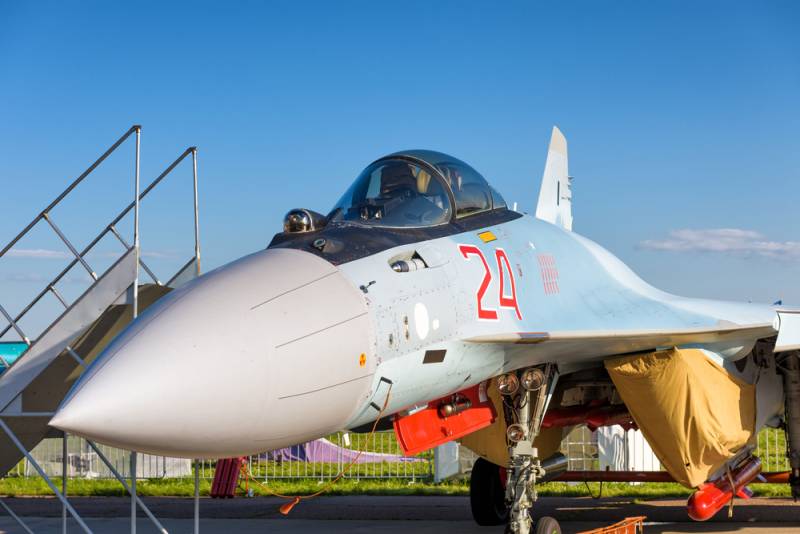Nightmare: American expert told about Chinese Su-35
The presence of Su-35 (according to NATO codification: Flanker-E +) - one of the most combat-capable fighters in the world, makes the Chinese Air Force much stronger, the expert writes.
He also points to the danger to the US Air Force and its allies, the new Chinese PL-15 (air-to-air) missile, which the Su-35 can arm itself with.
According to the author, this tandem of a Chinese rocket and a Russian-made aircraft is very dangerous for US air tankers and early warning and guidance systems (AWACS), which are crucial for American operations in the region.
Recall, the contract for the supply of X-NUMX fighter C-24 generation 35 ++ was concluded between Moscow and Beijing in the 4 year. Su-2015 close to the generation 35 aircraft. With the exception of the presence of an active phased array antenna and low-visibility technology, the fighter meets most of the requirements for next-generation vehicles.
- https://ru.depositphotos.com

Information